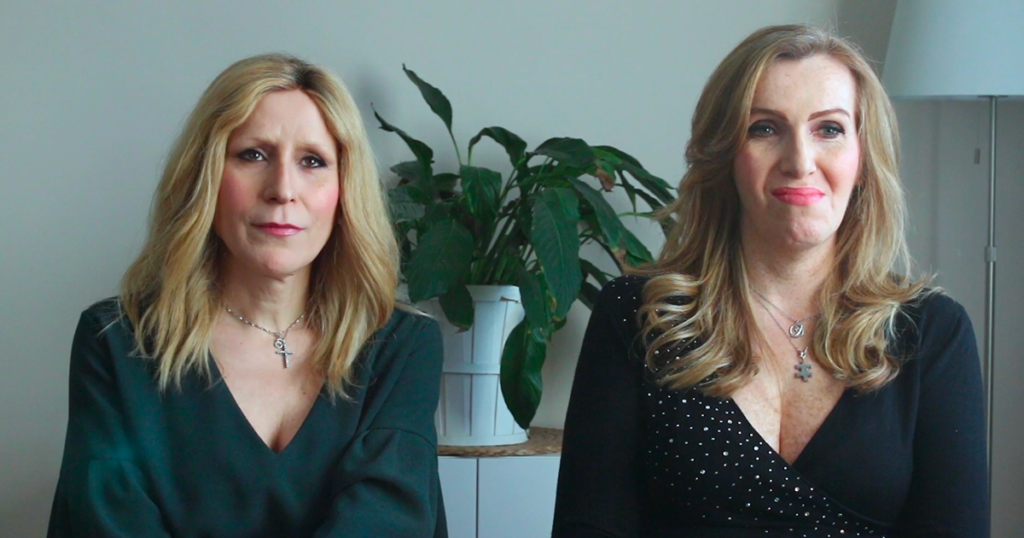The activists Bia Barra and Antonia Monopoli led us to discover a deeper understanding of the concept of inclusion.
This interview, starting from the understanding of the meaning of the word inclusion, helps us to reflect on all those situations of daily life that lead people to feel easily included or excluded.
What does include mean?
Let’s try to better understand the concept of inclusion through the definitions that the two interviewed gave us.
Antonia explains us that being included means being part of something on a physical and metaphorical level. You are included when you are physically part of a place or a space. But being included means above all being part of a group or feeling well integrated in society.
Bia gives us a very explanatory metaphor: if inclusion were an object, it would undoubtedly be a painting. A well-made painting in which each element is fully in tune with all the others. Each element is there, right where it should be, perfectly part of the whole.
Integration: in which context?
Our two interviewed bring us very pragmatic examples of what inclusion means to them.
We can find inclusion in every little aspect of life, starting from a tender age. Bia Barra asks us to imagine a class of children, the way they develop interpersonal relationships, how they play with each other and how they get to know each other without any kind of prejudice.
Then growing up, we find ourselves in working contexts in which, Antonia points out, it becomes more difficult to be integrated. However, this is precisely the place where a person can grow and achieve full personal fulfillment. Therefore it is right here that inclusion becomes a fundamental requirement for achieving a satisfactory life.
Examples of non-inclusion
By continuing to examine the school and work environments, we can unfortunately find situations of exclusion very easily.
When we think about school, Bia points us, is extremely common to think to a situation of discrimination and exclusion made by school bullies, ready to point out and make fun of a classmate.
And at work? Antonia makes us reflect on the fact that very often transgender people can suffer discrimination from the moment of the cognitive interview, when the presentation of documents that do not conform to the aesthetic aspect creates discomfort and mistrust.
If we focus on two contexts of daily life analyzed above, the scholastic and the working one, we might ask ourselves: is the key to inclusion perhaps to look back at the world through the eyes of a child?
Find out more about inclusion: Stephanie Glitter and her “no” to tags
